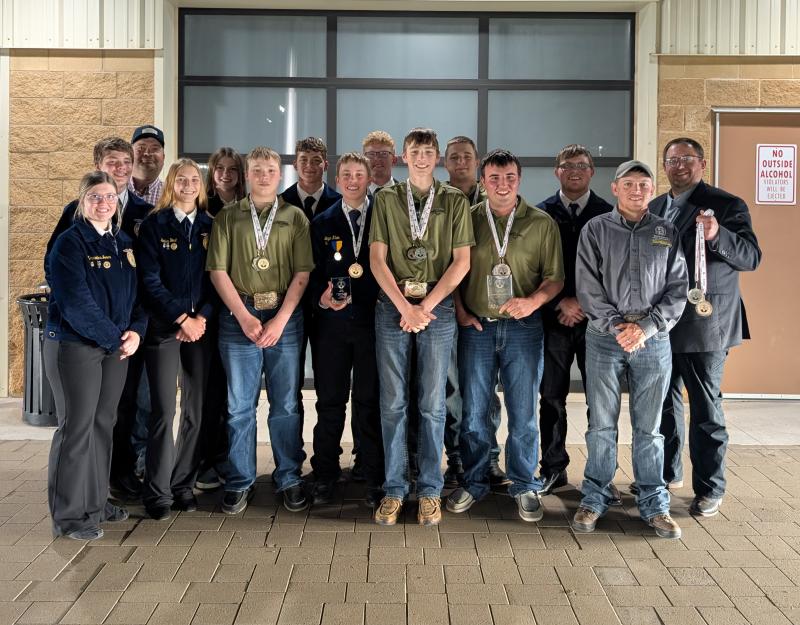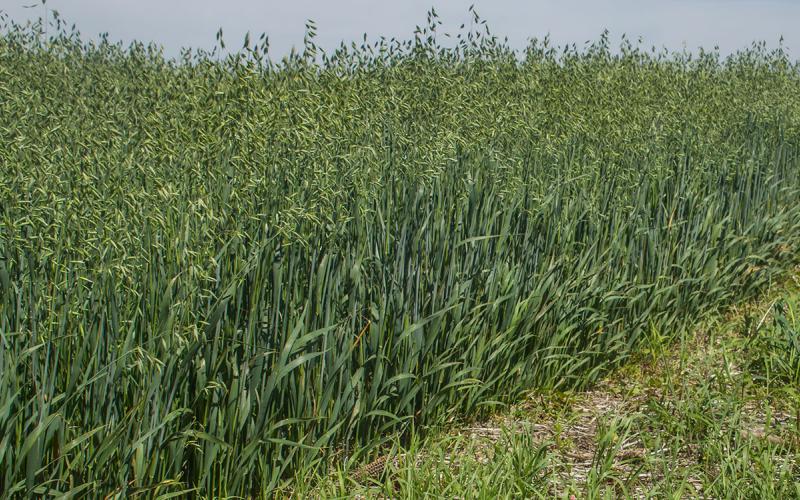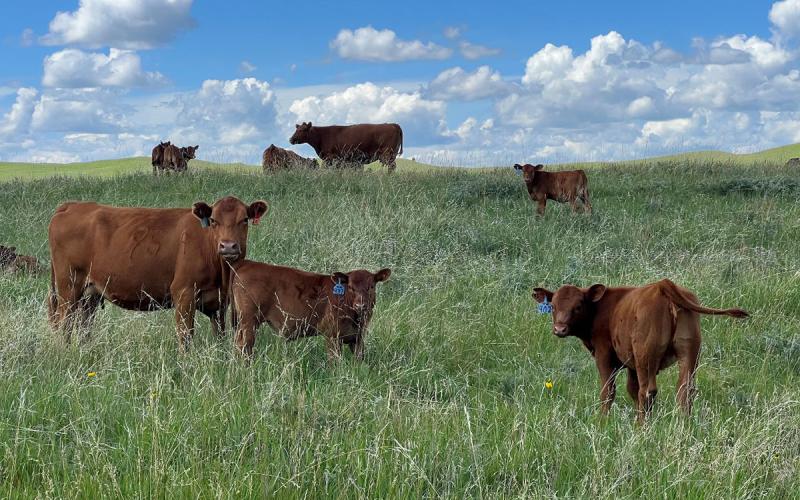
By Candy DenOuden
SDSU Extension
In May, South Dakota sent 84 youth to the National Land and Range Judging Contest in El Reno, Oklahoma. Out of the 34 states that competed, only Texas came close to matching those numbers with 72 participants.
To accompany those youth, there were 14 agricultural teachers/FFA advisors, four mentors from SDSU Extension and the Natural Resources Conservation Service and several parent chaperones.
Held for both 4-H and FFA youth, the range contest tests competitors on range plant identification and how to manage different types of land based on different uses, while the soil contest tests on soil types and different site uses.
Students must qualify at a state competition before they can advance to the national level. For Sandy Smart, interim SDSU Extension director, that serves as a testament to a dedicated group of educators, coaches and mentors in South Dakota who make it possible for that many youth to attend.
“I think what’s neat is that there’s a group of educators wanting to expose kids to these contests,” Smart said. “They have a passion for it.”
It is not easy to compete, noted Smart, who has attended the event the last several years as a chaperone and mentor. Students need to be able to identify 130 plants (39 grasses, 19 legumes, 41 forbs and 31 trees/woody plants). They also need to learn/memorize each plant’s characteristics (life history, season of growth, origin, desirability for bobwhite quail food, cover and cattle food). Smart said that means their teachers and coaches need to learn that material, as well.
“It’s a lot of work,” he said. “It’s really fun to see their growth as you spend time with them.”
Brady Duxbury, the agriculture teacher and FFA advisor in Wessington Springs, first experienced the trip to El Reno for the national judging contest in high school, competing twice in the range contest and once in the soil contest. His teacher and coach was Craig Shryock, longtime agriculture educator with Wessington Springs middle and high school with a passion for range science.
Shryock’s passion and history of success at the national contest served as an inspiration for Duxbury, who initially planned to study range science before ultimately graduating from SDSU in 2012 with a degree in agricultural education. Now, Duxbury serves as coach for the range judging team and accompanied them to the national contest this year.
“When you really boil down this contest, it’s ‘how well do you manage your native rangelands?’ and part of that is identifying native range plants,” Duxbury said.
Other major national contest opportunities for 4-H youth include the Western National Roundup in Denver, Colorado, the North American International Livestock Exposition in Louisville, Kentucky, the Family and Consumer Science National Championship and Conference in San Antonio, Texas, and the 4-H Shooting Sports National Championships in Grand Island, Nebraska.
Tim Tanner, SDSU Extension State 4-H Program Director, said that 40% of 4-H youth take at least one ag-related project, and things like judging provide valuable hands-on practice that prepares them well for long-term careers in agriculture.
“Though content knowledge is important, time on task experiences are irreplaceable,” Tanner said. “This is why ag sector employers look upon 4-H alumni so favorably.”
As both a 4-H alumnus and a cattle producer, Duxbury agrees. He said one of the reasons the range judging competition is so impactful is because competitors learn what producers, native rangeland management and natural resource professionals are doing on a day-to-day basis. It gives them access to real-world range and soil science professionals, and a chance to see how their knowledge can be used.
“Competition is the stone that sharpens the tool that allows these kids to go out in their lives and do even more,” Duxbury said. “It’s incredible we give them an opportunity to compete in this way.”
Duxbury and Smart also noted that such trips give youth an opportunity to travel and see things they might not otherwise. In Oklahoma, for example, Smart said they visit sites like the Oklahoma City National Memorial, which is an eye-opening experience.
“I didn’t experience anything like what Oklahoma City was unless I went on a school trip,” Duxbury said. “It’s so awesome to give kids the opportunity to gain perspective that they never could have gotten at home.”
What’s exciting for Smart and Duxbury is that this momentum doesn’t seem to be slowing down. They’re seeing more youth attend rangeland and soil events, and long-term programs continuing to grow and evolve. In the Wessington Springs area, Duxbury added that he sees lush, healthy rangelands in the region as more and more people learn about native plants and rangeland management.
“I think range has a really bright future,” Duxbury said.
Smart said all of it comes back to the dedication and willingness of South Dakota educators to continue training the next generation to compete on the state and national stages, and the partnerships they create along the way.
“It comes back to relationships,” Smart said. “Whether you’re talking about business or extension, that’s the foundation – it’s about relationships and trust.”


